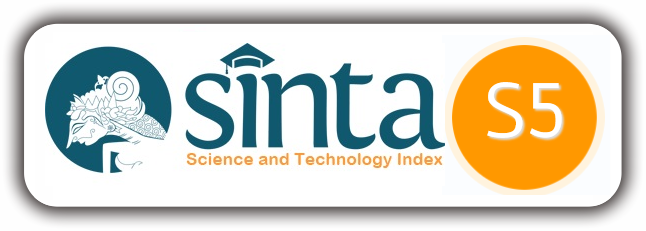| ..:: Main Menu ::.. |
| Focus & Scope |
| Peer Review Process |
| Frecuency Publication |
| Publication Ethics |
| Indexing |
| Author Fees |
| Contact Us |
| ..:: Information ::.. |
| Visitor Statistics |
| Copyright Notice |
| Open Access Policy |
| Plagiarism Policy |
| Online Submission |
| Editorial Board |
| Peer Reviewer |
| Author Guidelines |
| ..:: Visitor ::.. |
| ..:: Template ::.. |
| ..:: Supervised By ::.. |




